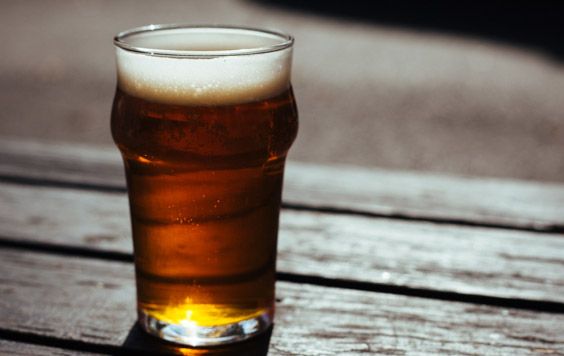Understanding Addiction
Addiction is complex. Not every individual who tries an addictive substance like drugs, alcohol, or cigarettes will become an addict. The higher your exposure to biological, environmental. or developmental risk factors, the greater your chances of developing an addiction.
- Biology – Your genetic makeup may increase your chances of becoming addicted after one-time use of any addictive substance. For example, if addiction runs in your family, you may be more likely to engage in or adopt addictive behaviors that may heighten your risk for addiction.
- Environment – Influences in your life such as peer pressure, a history of sexual or physical abuse, or social class (i.e. upper, middle, low) can contribute to your risk of addiction. For example, a child exposed to parents or older family members who abuse drugs can be more at risk for developing a drug problem.
- Development – In most cases, the earlier drug use begins, the greater the chances of developing an addiction. This behavior can have negative consequences, as drugs can affect the brain’s growth and development.
The Stigma of Addiction
There’s a lot of stigma surrounding drug abuse. People who don’t understand addiction often question the character of the user, blaming the person for not being able to stop taking drugs instead of recognizing addiction as a medical condition. Addiction is an illness. And like many illnesses, it requires medical intervention.
Preventing Addiction
The surest way to prevent addiction is to refrain from using drugs, alcohol, tobacco, and other addictive substances and to avoid experimenting with drugs – not even trying them “just once.” Prevention programs – especially those encouraging family involvement – have been proven to reduce substance abuse.





